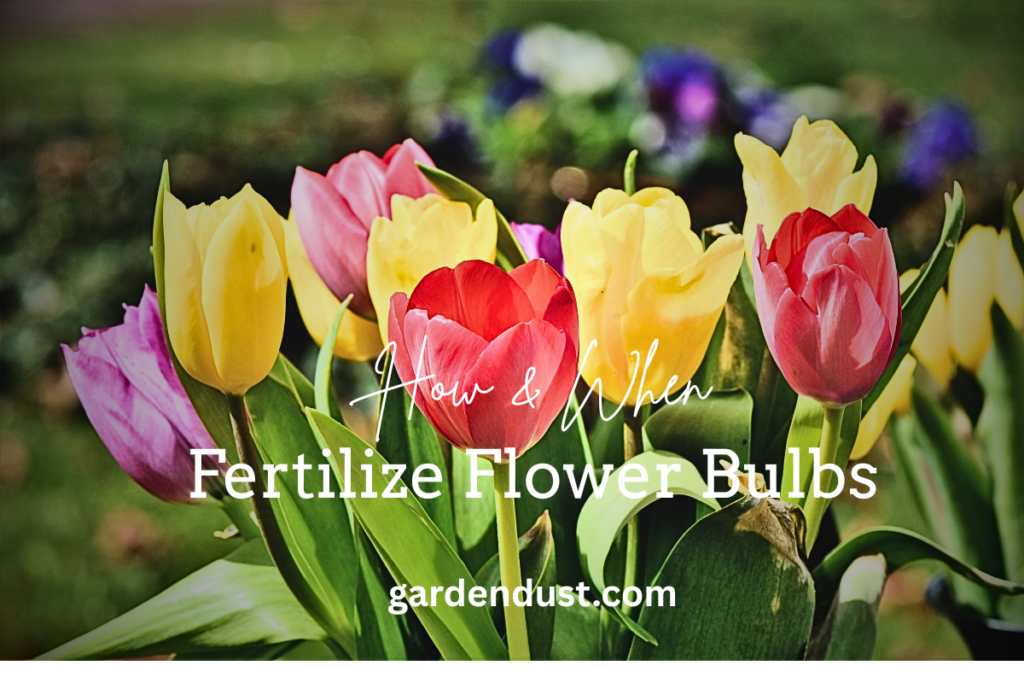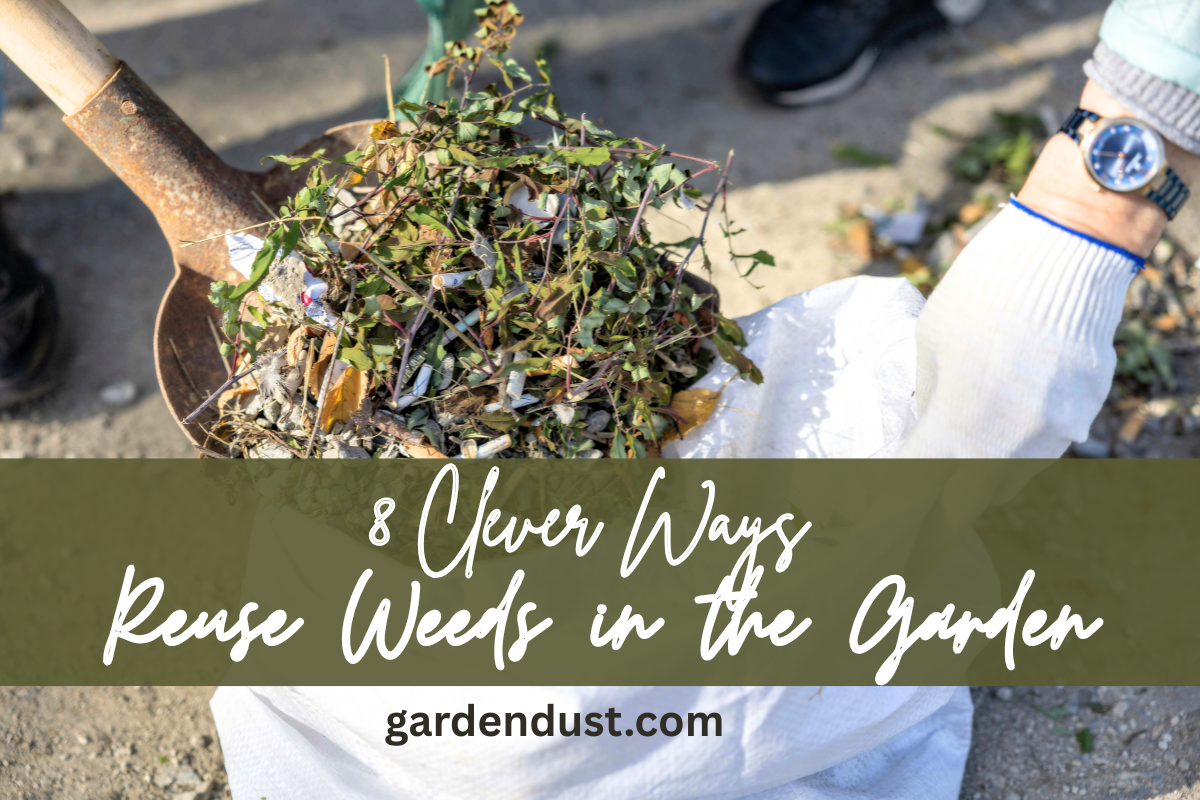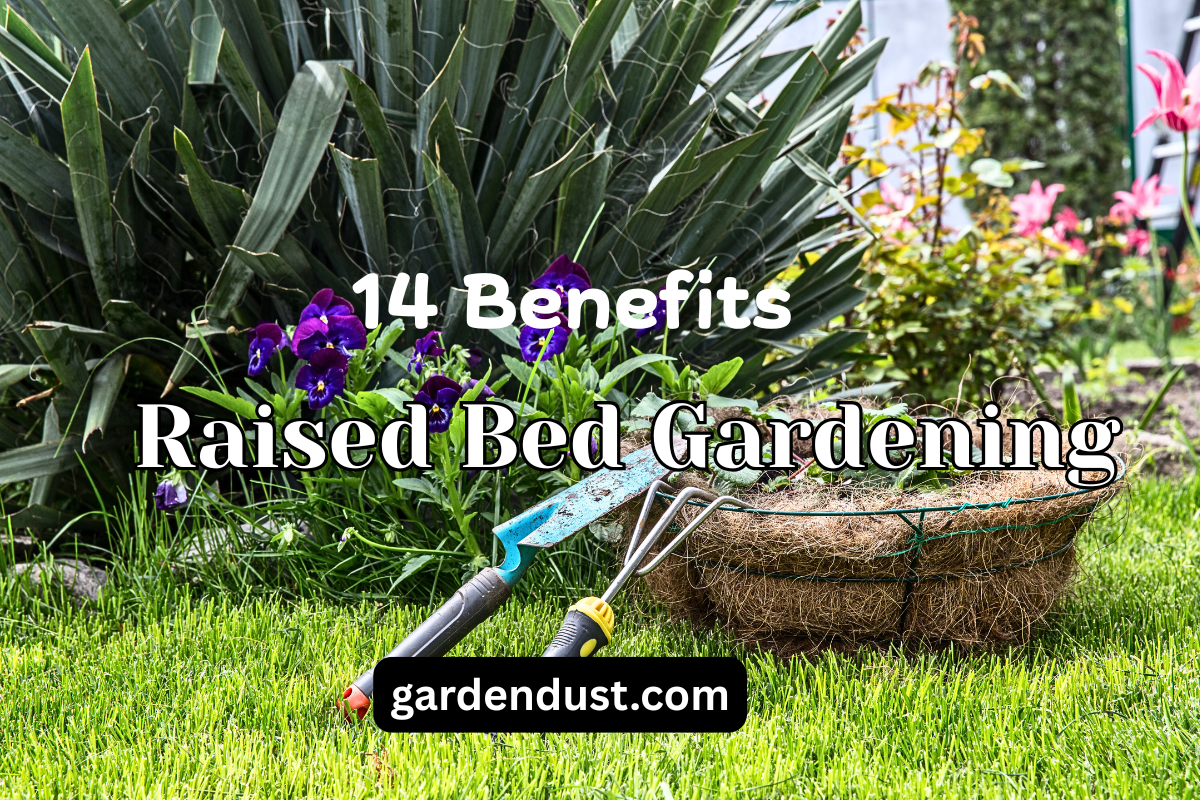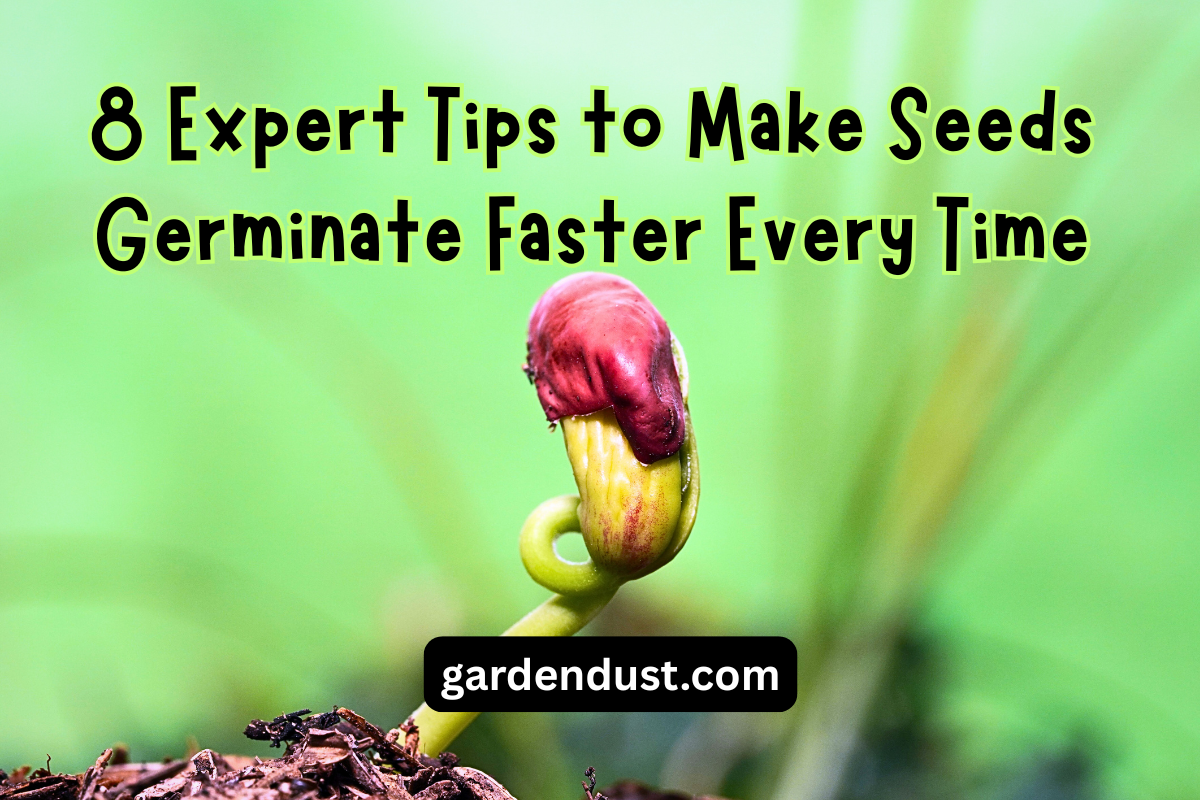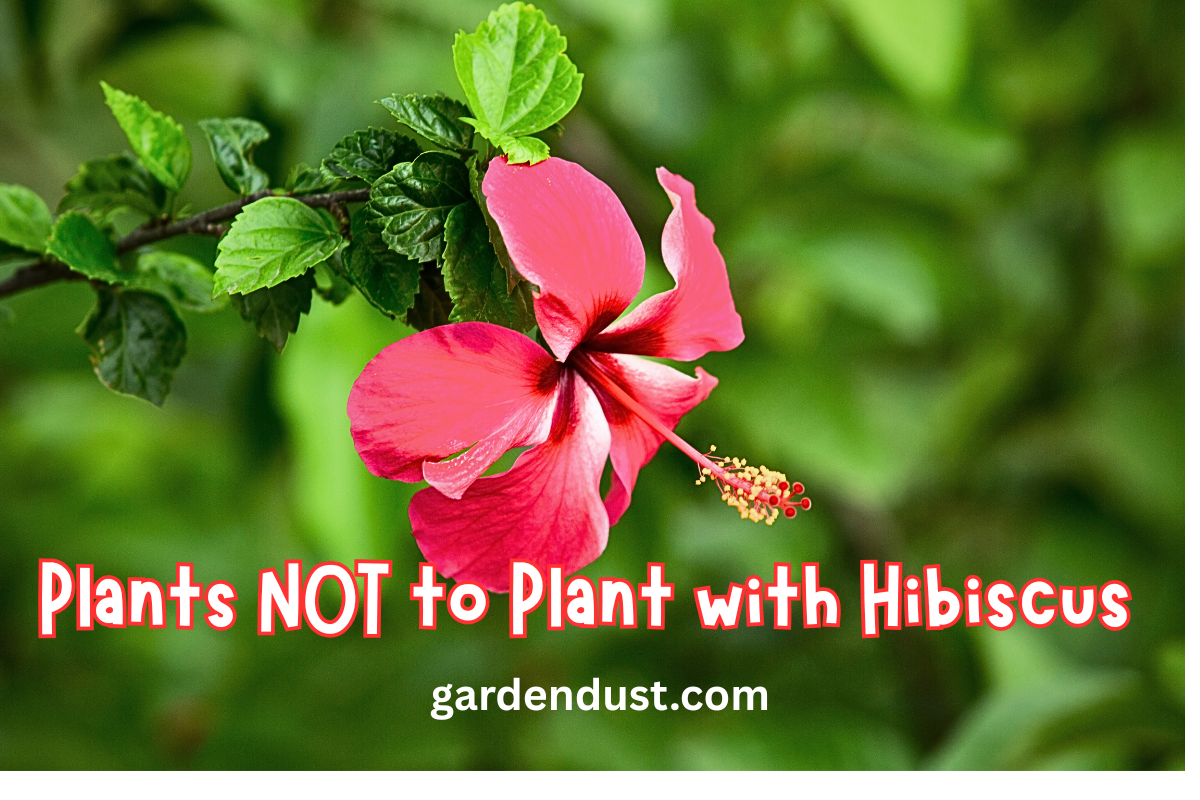Why Fertilize Your Bulbs?
Proper fertilization is critical for flower bulbs to produce vibrant blooms and build energy reserves for future seasons. Bulbs rely on nutrients stored within them, but these reserves need replenishing to ensure year after year of beautiful flowers.
Fertilizing at the right time with the right nutrients ensures:
- Bigger, more vibrant blooms
- Stronger bulb development for future seasons
- Increased resistance to disease and pests
- Better multiplication and naturalization of bulbs
When to Fertilize: Seasonal Guide
Spring Flowering Bulbs (Tulips, Daffodils, Hyacinths)
First Fertilization: Early spring when shoots first emerge (2-4 inches tall)
Second Fertilization: Right after flowering while foliage is still green
Optional Fall Fertilization: When planting new bulbs or top-dressing established ones
Important: Never fertilize after foliage begins to yellow as bulbs are entering dormancy
Feb-May
Summer Flowering Bulbs (Dahlias, Lilies, Gladiolus)
Initial Fertilization: After planting when shoots emerge 6 inches tall
Regular Feeding: Monthly applications during growing season
Final Feeding: Stop fertilizing approximately 4-6 weeks before first frost
May-August
Fall Flowering Bulbs (Autumn Crocus, Fall Cyclamen)
First Fertilization: Early summer as growth begins
Second Fertilization: After flowering while foliage is still active
Sept-Nov
Dormant Period
No Fertilization: When bulbs are dormant, they don’t need fertilizer. Applying fertilizer during dormancy can harm bulbs or encourage premature growth that may be damaged by frost.
Dormant Season
Best Fertilizers for Flower Bulbs
Balanced Commercial Fertilizers
Recommendation: 10-10-10 or 10-15-10 slow-release fertilizer
Why: Provides equal amounts of nitrogen (N), phosphorus (P), and potassium (K), or slightly more phosphorus to encourage blooming
Application: Apply to soil surface and water in well – never place directly in planting hole
Bone Meal
Benefits: Rich in phosphorus to promote root development and flowering
Usage: Mix 2 cups of bone meal with 5 tablespoons of 10-10-10 fertilizer
Best for: Planting time application and fall feeding of established spring bulbs
Organic Options
Compost: Excellent all-purpose soil amendment and mild fertilizer
Fish Emulsion: Good for quick-release feeding during active growth
Alfalfa Meal: Slow-release nutrients and growth stimulants
Commercial Organic Bulb Fertilizers: Products like Espoma Bulb-tone (3-5-3) provide balanced nutrition with beneficial soil microbes
Fertilizer Types Comparison
| Fertilizer Type | N-P-K Ratio | Best For | Application Timing |
|---|---|---|---|
| Balanced Slow-Release | 10-10-10 or 10-15-10 | All-purpose bulb care | Fall planting, early spring |
| Bone Meal | 3-15-0 (approx.) | Root development | Fall planting, early spring |
| Bulb-Specific Fertilizer | 3-5-3 to 9-9-6 | Specialized bulb needs | As directed on package |
| Liquid Fish Emulsion | 5-1-1 (varies) | Quick nutrient boost | During active growth |
| Compost | Varies | Soil improvement | Planting time, top-dressing |
Best Practices for Fertilizing Bulbs
Avoid Direct Contact
Never place fertilizer directly in the planting hole or in contact with bulbs, as this can cause burning. Instead, mix it into the surrounding soil or apply as a top dressing.
Water After Application
Always water thoroughly after applying fertilizer to help dissolve nutrients and carry them to the root zone, while preventing fertilizer burn.
Respect the Foliage
Never remove foliage until it has yellowed naturally. Bulbs use their leaves to produce energy that’s stored for next year’s growth and blooms.
Follow Dosage Instructions
More is not better when it comes to fertilizer. Over-fertilization can damage bulbs and reduce flowering, or produce excess foliage at the expense of blooms.
Consider Soil Testing
Before applying fertilizer, consider testing your soil to determine exactly what nutrients are needed. This prevents unnecessary applications.
Special Needs: Popular Bulb Types
Tulips
Tulips benefit from phosphorus-rich fertilizers. Apply in fall at planting and again in early spring when shoots emerge. Many gardeners treat tulips as annuals, but with proper fertilization, many varieties can return for several years.
Daffodils
More naturalistic than tulips, daffodils readily multiply when happy. Fertilize in early spring as shoots emerge and again after flowering. They prefer a balanced fertilizer with a slight emphasis on potassium.
Dahlias
These summer bloomers need regular feeding. Start with a low-nitrogen fertilizer when planting, then switch to a bloom-boosting formula (high in phosphorus) once growth is established. Feed every 3-4 weeks throughout the growing season.
Lilies
These prefer slightly acidic soil and benefit from organic matter. Apply a balanced fertilizer when shoots emerge and again when flower buds form. Avoid high-nitrogen fertilizers which can make lilies more susceptible to disease.
Common Fertilizing Mistakes to Avoid
Over-Fertilizing
Excessive fertilizer can burn roots, promote disease, and reduce flowering. Follow package directions for application rates.
Poor Timing
Fertilizing bulbs when dormant or after foliage has yellowed wastes fertilizer and may harm the bulbs.
Wrong Fertilizer Type
Using high-nitrogen fertilizers can produce lush foliage at the expense of flowers. Bulbs generally need more phosphorus than nitrogen.
Removing Foliage Too Early
Cutting back foliage before it yellows naturally prevents bulbs from storing energy for next year’s growth.
Quick Reference Guide
Spring-Flowering Bulbs
When: Early spring when shoots emerge + after flowering
Fertilizer: 10-10-10 or bone meal + balanced fertilizer mix
Summer-Flowering Bulbs
When: After planting when shoots reach 6″ + monthly during growing season
Fertilizer: Balanced fertilizer, switching to bloom-boosting formula (higher P) when buds form
Fall-Flowering Bulbs
When: Early summer + after flowering
Fertilizer: Low-nitrogen, balanced formula
Remember the Bulb Feeding Golden Rules
- Feed when active growth is occurring, not during dormancy
- Never place fertilizer in direct contact with bulbs
- Water well after fertilizing
- Let foliage die back naturally
- When in doubt, less is more with fertilizer applications

